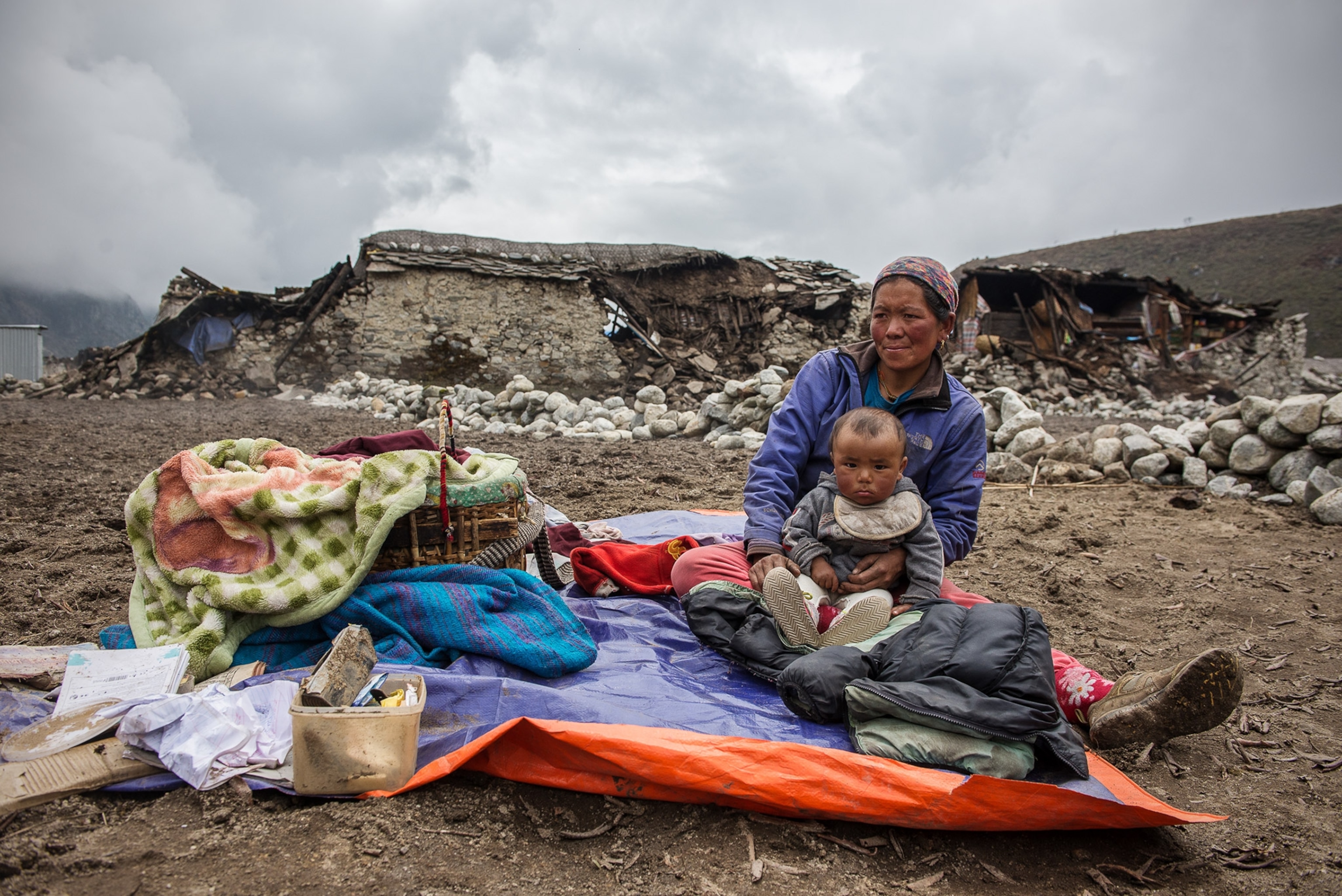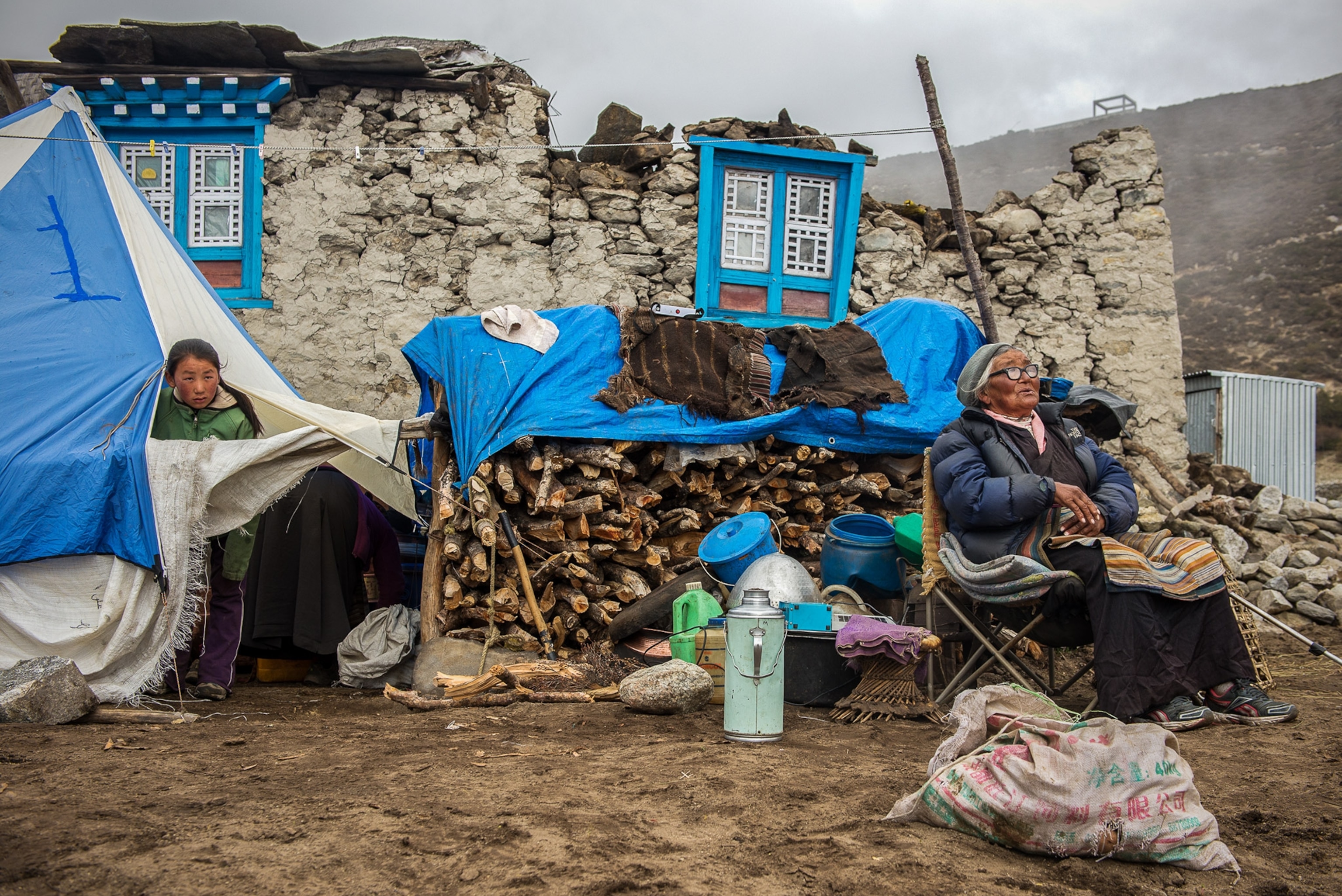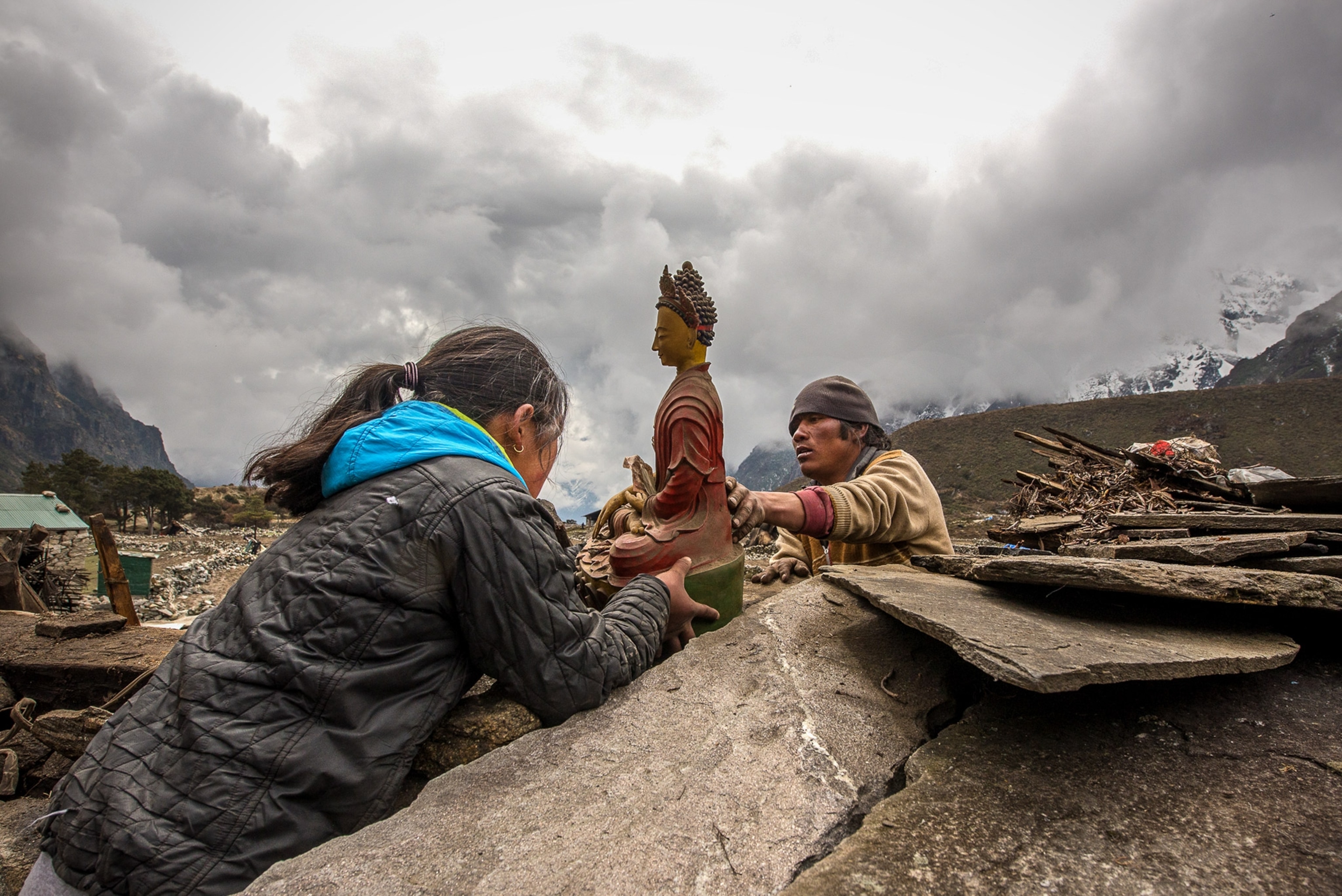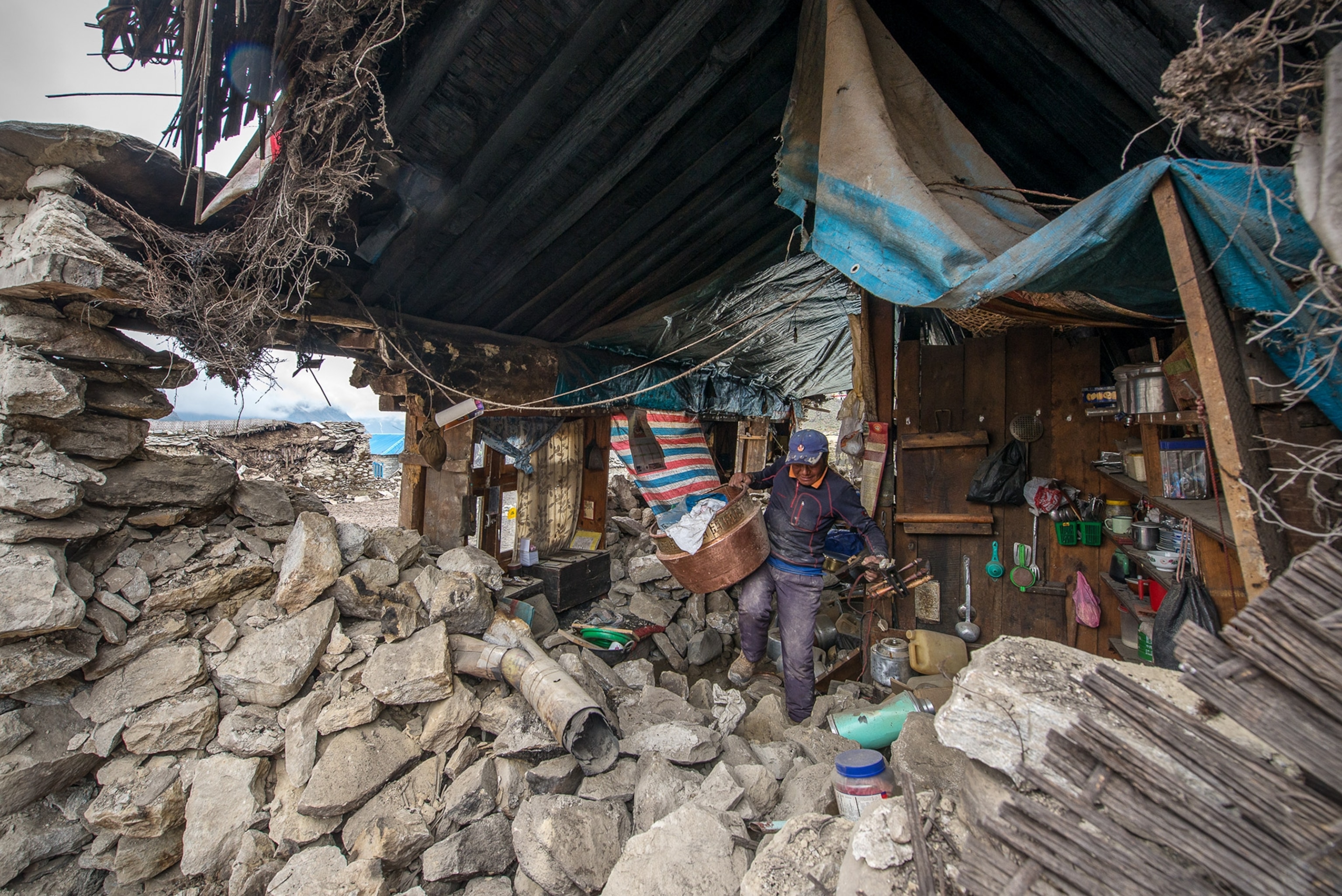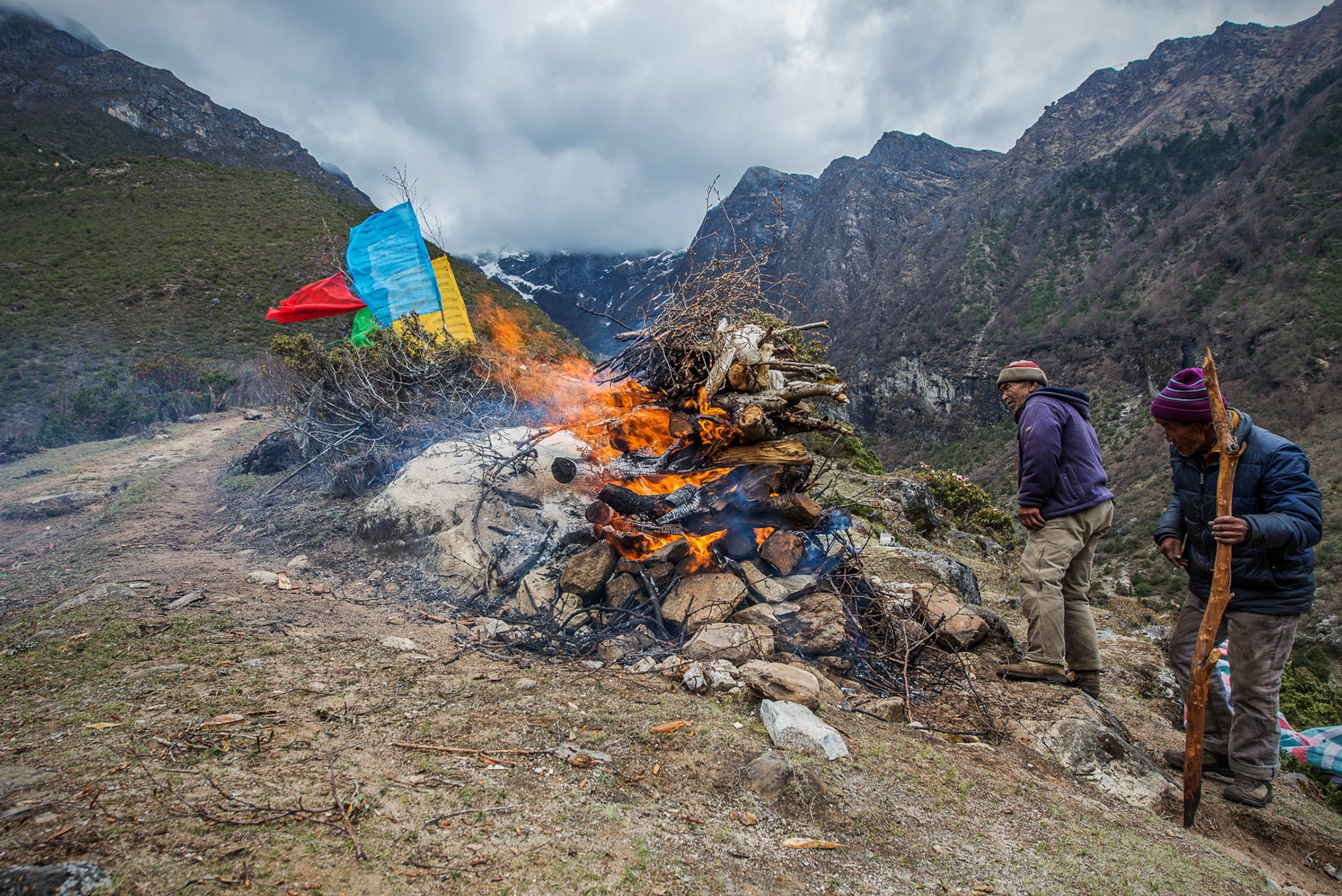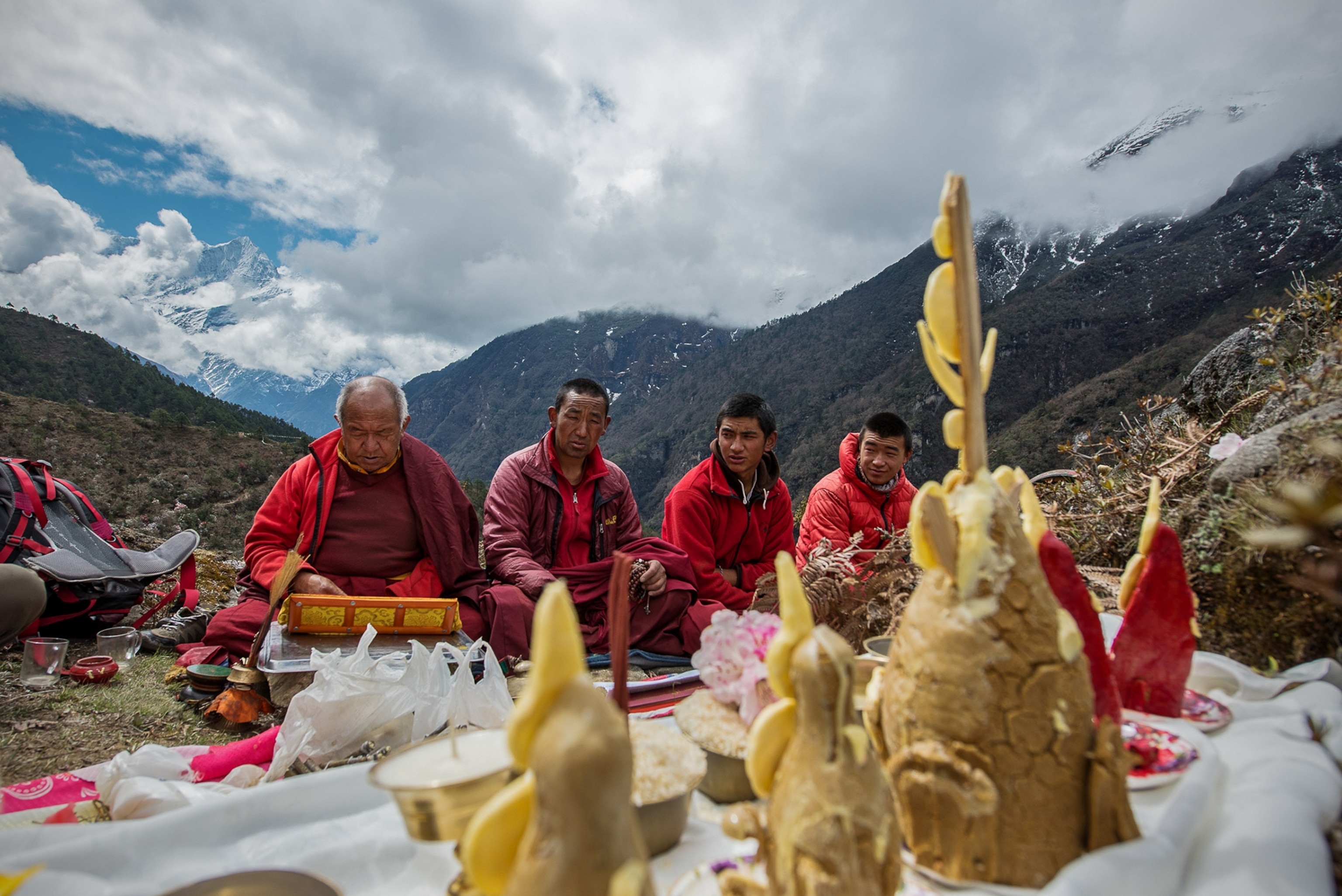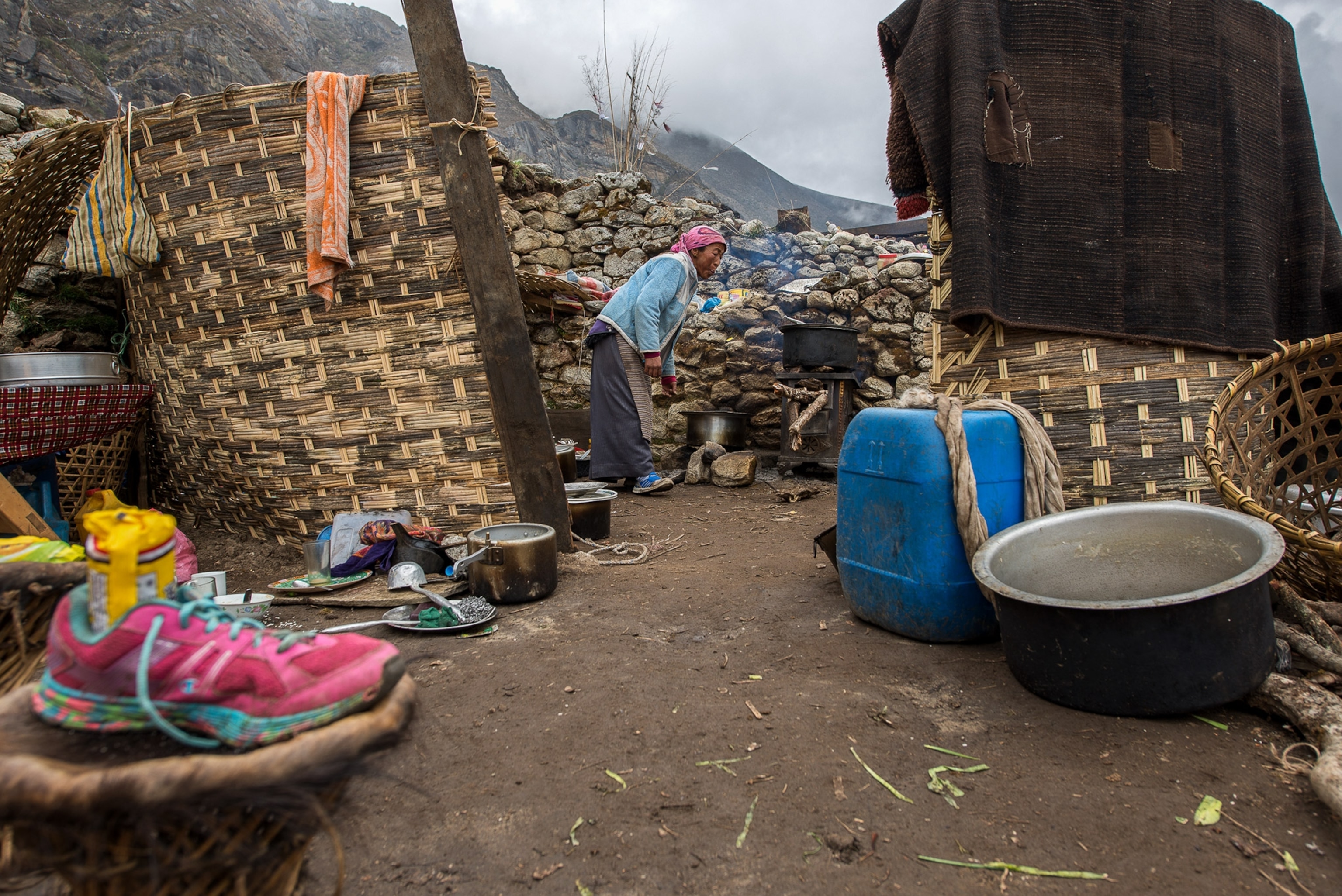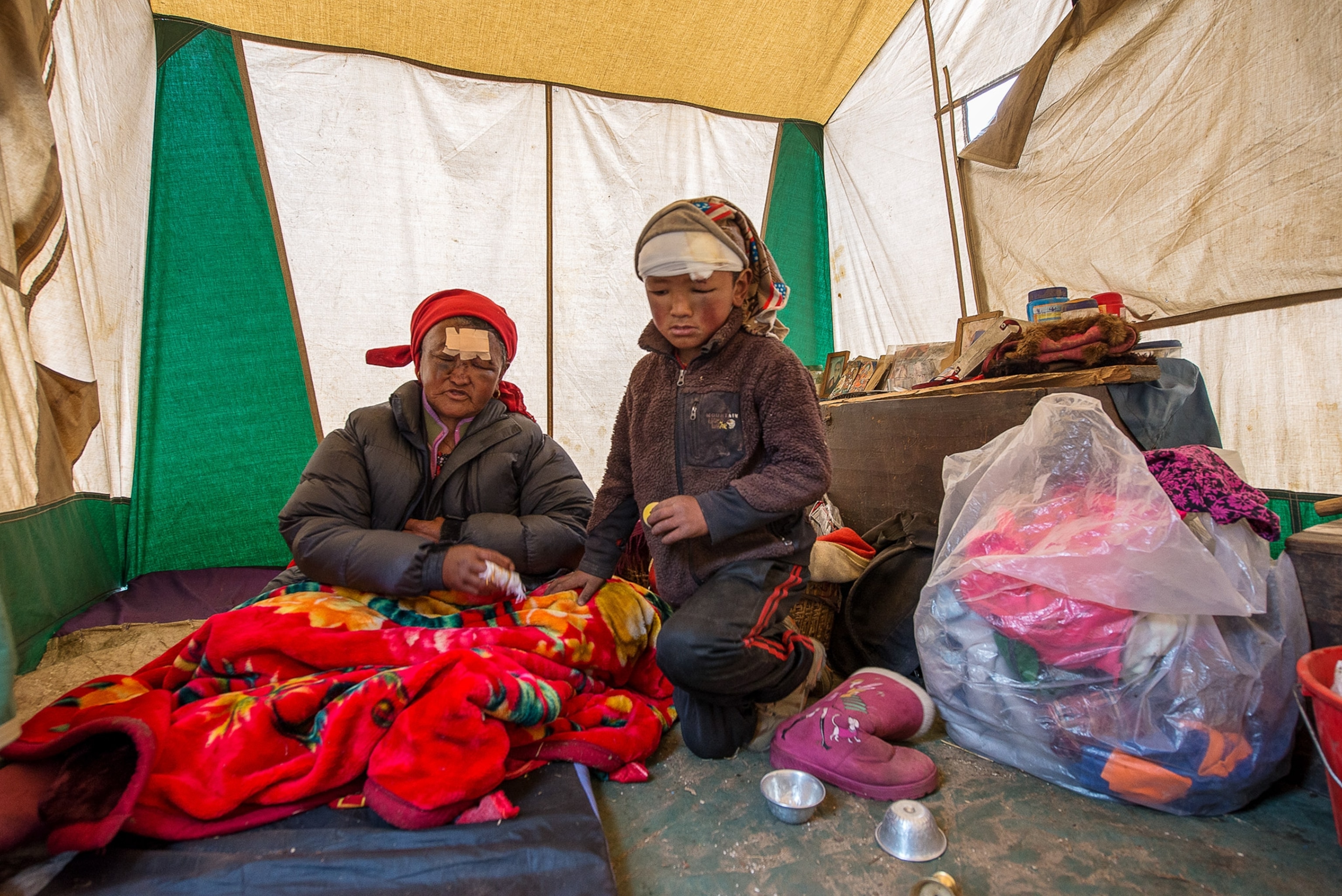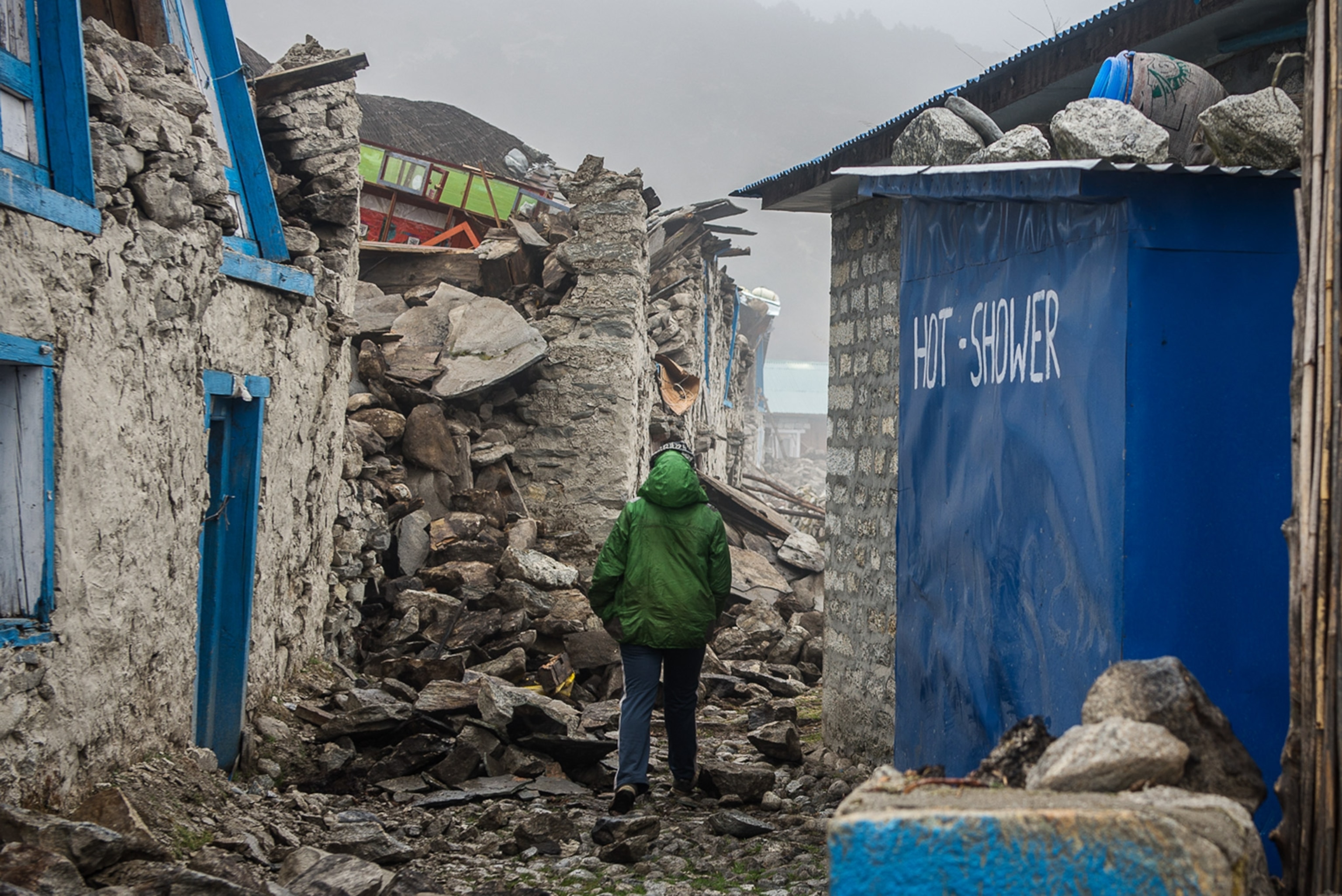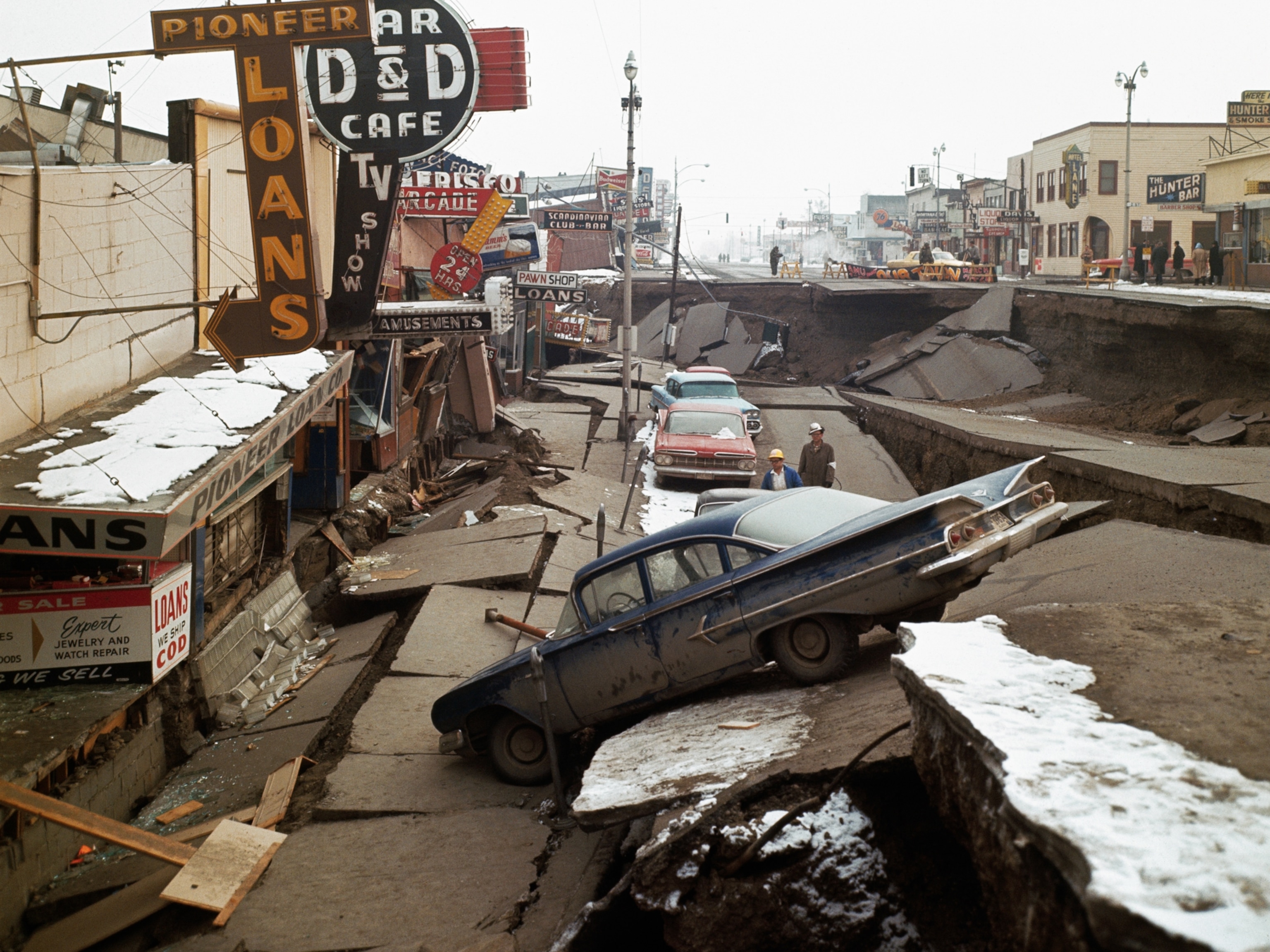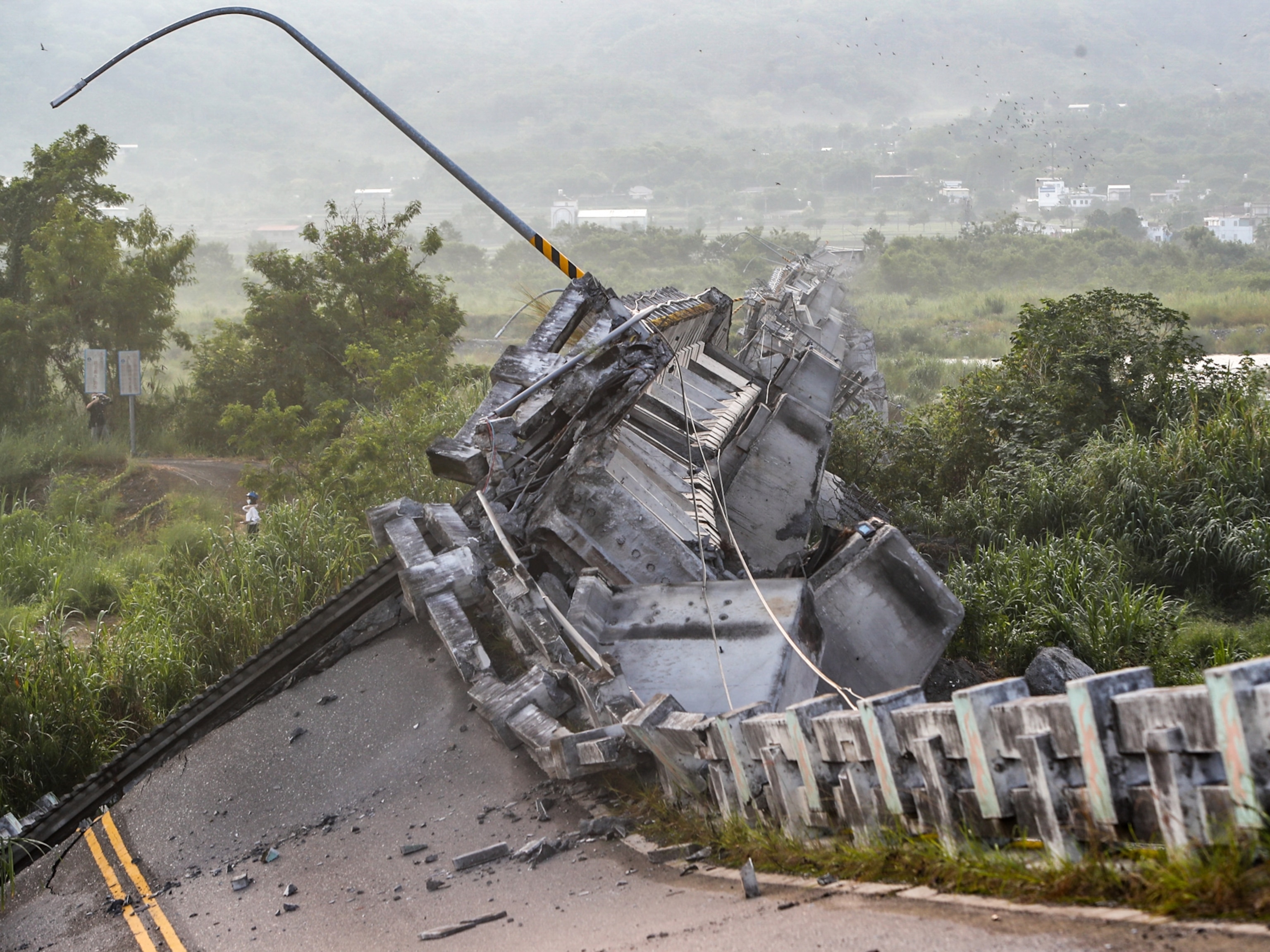
How Impoverished Nepal Can Rebuild for the Next Earthquake
The earthquake in Nepal was a reminder: Billions of people live in houses that can't withstand shaking. Yet safer ones can be built cheaply.
After a monstrous earthquake leveled Kathmandu in 1934, killing thousands, survivors in Nepal’s capital took shelter in new buildings raised from the bricks of ones that had collapsed. Then last Saturday, at least 5,000 Nepalese died—some perhaps under the same bricks—when a magnitude 7.8 quake crumbled the fragile buildings they inhabited.
Unlike in 1934, Nepal today can take steps to break the cycle of devastation in a country rocked by strong temblors roughly every 75 years. And importantly in one of the poorest countries on earth, much work can be done on the cheap using innovative methods that are gaining ground in earthquake-prone areas around the world.
The lifesaving techniques can be as simple as soaking mud bricks in water to strengthen them before building a wall, and the materials as cheap as straw and worn-out tires. “There’s a lot of opportunity to retrofit existing buildings in Nepal so they’ll be safer, and do it so you get a lot of bang for your buck,” says Elizabeth Hausler Strand, a civil engineer. Her nonprofit group Build Change has built and modified structures to withstand natural disasters in Haiti, Indonesia, and other seismic hotspots, while teaching the techniques to local builders. In the coming days, Build Change will begin work in Nepal.
Keep it Simple
“Bang for buck” is not the standard everywhere.
In Los Angeles, Tokyo, and other rich cities in fault zones, the added expense of making buildings earthquake-resistant has become a fact of life. Concrete walls are reinforced with steel, structural members are tightly bound together, and a few buildings even rest on elaborate shock absorbers. Strict building codes were credited with saving thousands of lives when a magnitude 8.8 quake hit Chile in February 2010, and Japan’s 9.0 earthquake and tsunami in March 2011 would have caused even greater loss of life if not for that country’s stringent construction laws.
But in less developed countries like Nepal or Haiti, where a powerful quake in January 2010 killed over 200,000 people, according to some estimates, and left more than a million homeless, conventional earthquake engineering is often unaffordable. “The devastation in Haiti wouldn’t happen in a developed country,” says engineer Marcial Blondet of the Catholic University of Peru, in Lima. Yet it needn't happen anywhere. Cheap solutions exist. (See the graphic below, prepared for a story on quake-resistant building methods written after the 2010 earthquake in Haiti.)
Blondet has been working on ideas since 1970, when an earthquake in Peru killed 70,000 or more, many of whom died when their houses crumbled around them. Heavy, brittle walls of traditional adobe—cheap, sun-dried brick—cracked instantly when the ground started bucking. Subsequent shakes brought roofs thundering down.
Blondet's research team has found that existing adobe walls can be reinforced with a strong plastic mesh installed under plaster; in a quake, those walls crack but don't collapse, allowing occupants to escape. "You rebuild your house, but you don't bury anyone,” Blondet says. Plastic mesh could also work as a reinforcement for concrete walls in Haiti and elsewhere.
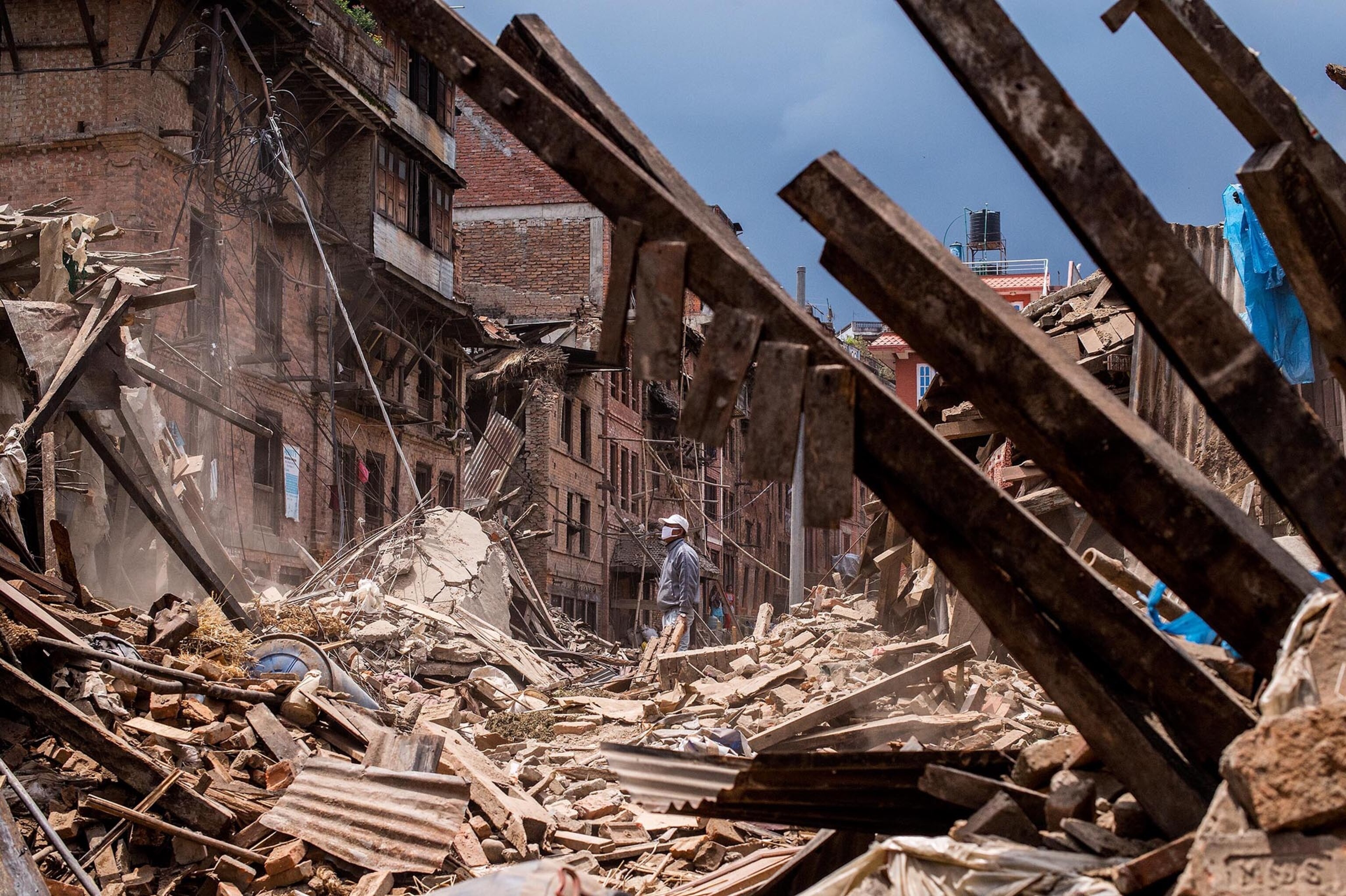
In Kathmandu and elsewhere in Nepal, unreinforced masonry walls can likewise be strengthened with a coating of cement-based plaster, and adding interior walls—often lacking there in buildings with open storefronts on the ground floor—can shore up buildings, Hausler Strand said. “In Haiti, we found homeowners were interested in adding toilets to their houses, which is an opportunity to put in new walls.”
But she admits engineers will struggle to strengthen rickety high-rises in Nepal's capital, where population influx has prompted unsafe vertical additions. “It ends up looking like a Dr. Seuss-type neighborhood,” she says. “We don’t have an affordable solution yet for those buildings.”
Keep it Local
Many engineers focusing on earthquake safety strive to use local materials. Researchers in India have successfully tested a concrete house reinforced with bamboo. A model house for Indonesia rests on ground-motion dampers designed by John van de Lindt of Colorado State University: old tires filled with bags of sand. Such a house might be only a third as strong as one built on more sophisticated shock absorbers, but it would also cost much less—and so be more likely to get built in Indonesia.
"As an engineer you ask, What level of safety do I need?” van de Lindt says. “Then you look at what’s actually available and find the solution somewhere in between."
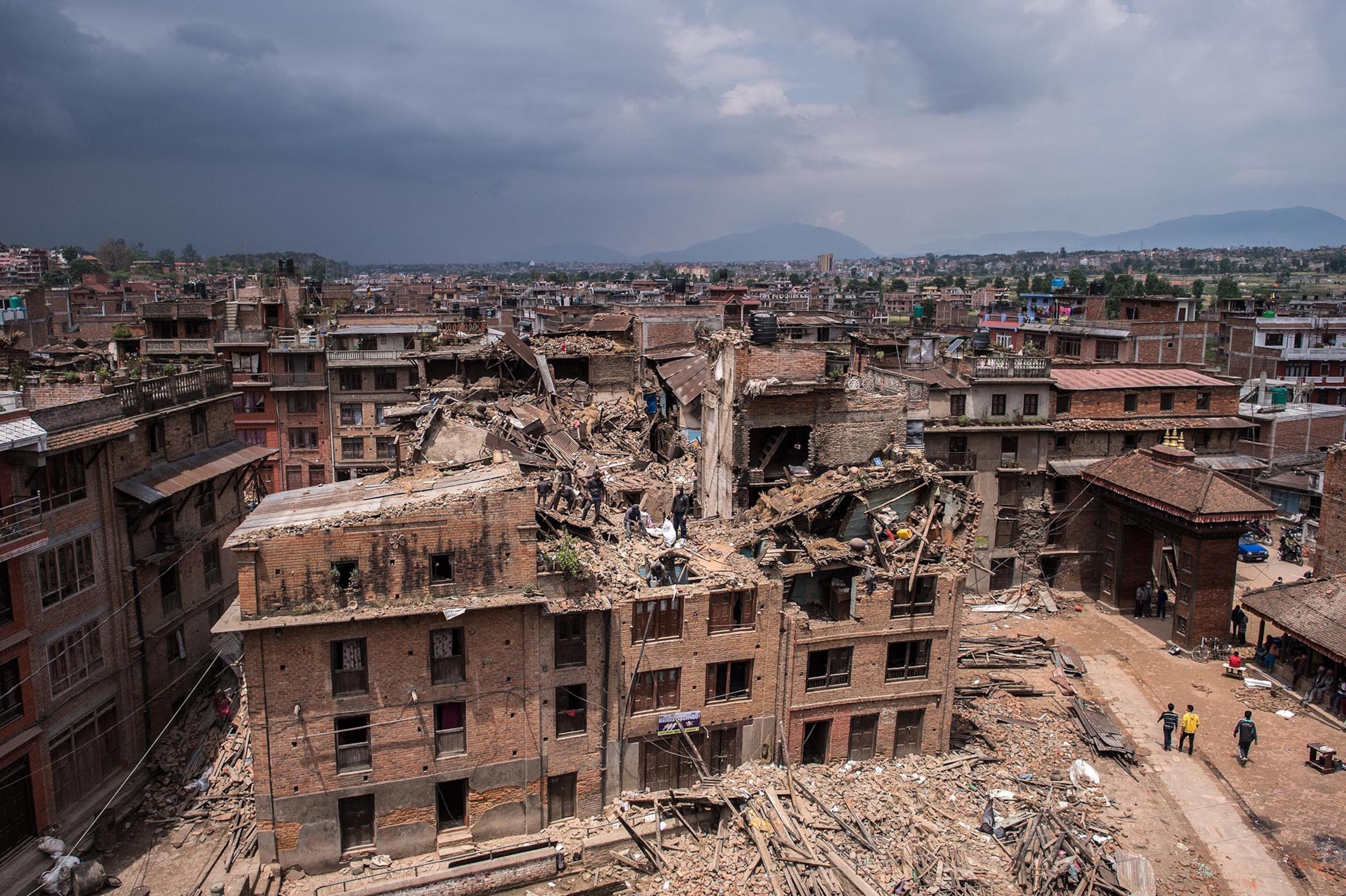
In Nepal, traditional construction means brick reinforced with pieces of load-bearing wood interspaced throughout the walls. It’s not a terrible system, says University of Colorado geologist Roger Bilham, an expert in the region’s seismology. “It’s not very strong, but they can absorb a moderate amount of shaking,” he said. “They can wobble around some without falling down.”
But even if people wished to take their chances with these existing kinds of structures, timber has become scarce, and new buildings will be of brick, concrete and steel. Nepal has made strides in building high-quality public buildings like schools, but the safety of newly built residences is in doubt. Meanwhile more and stronger earthquakes are coming, Bilham says.
In Nepal, Haiti, Peru and elsewhere, risk is more abundant than the money or time needed to shore up dangerous buildings. “There are many millions of houses around the world,” Blondet says, "that will collapse in the next earthquake."





